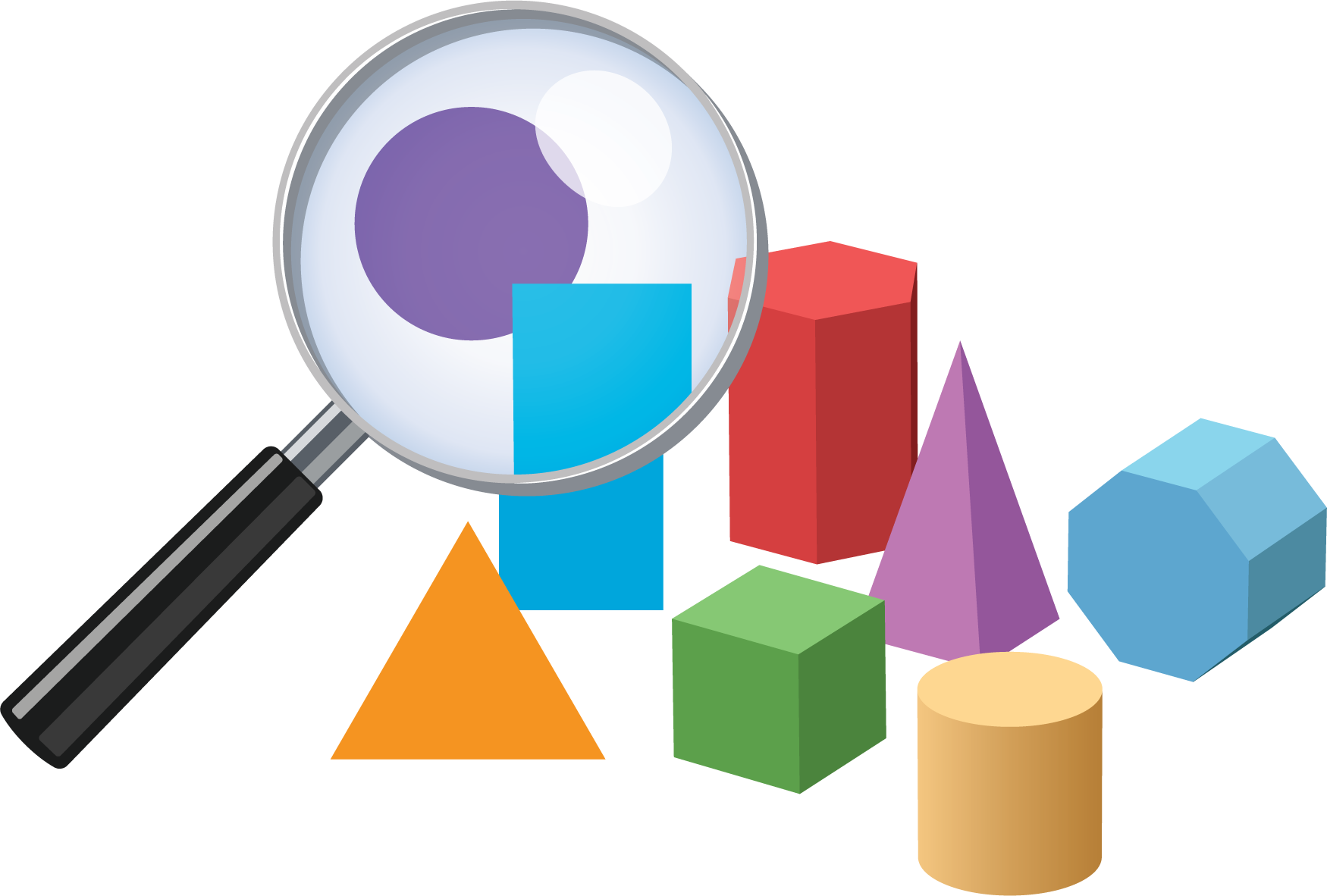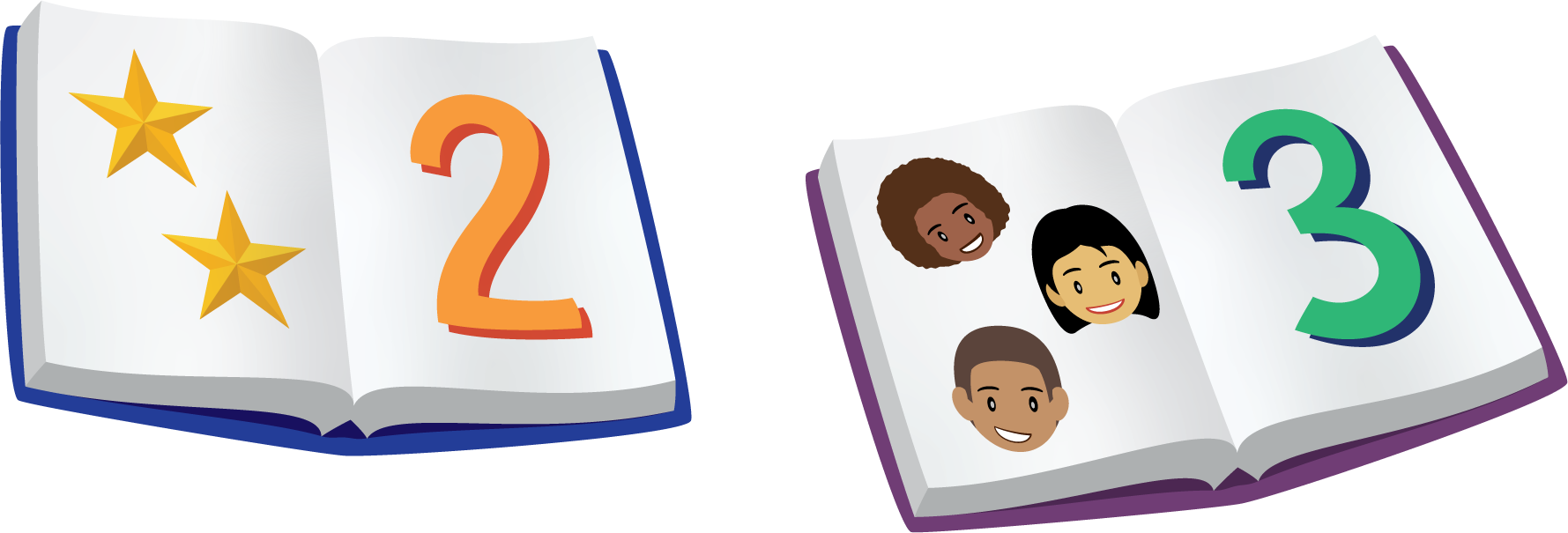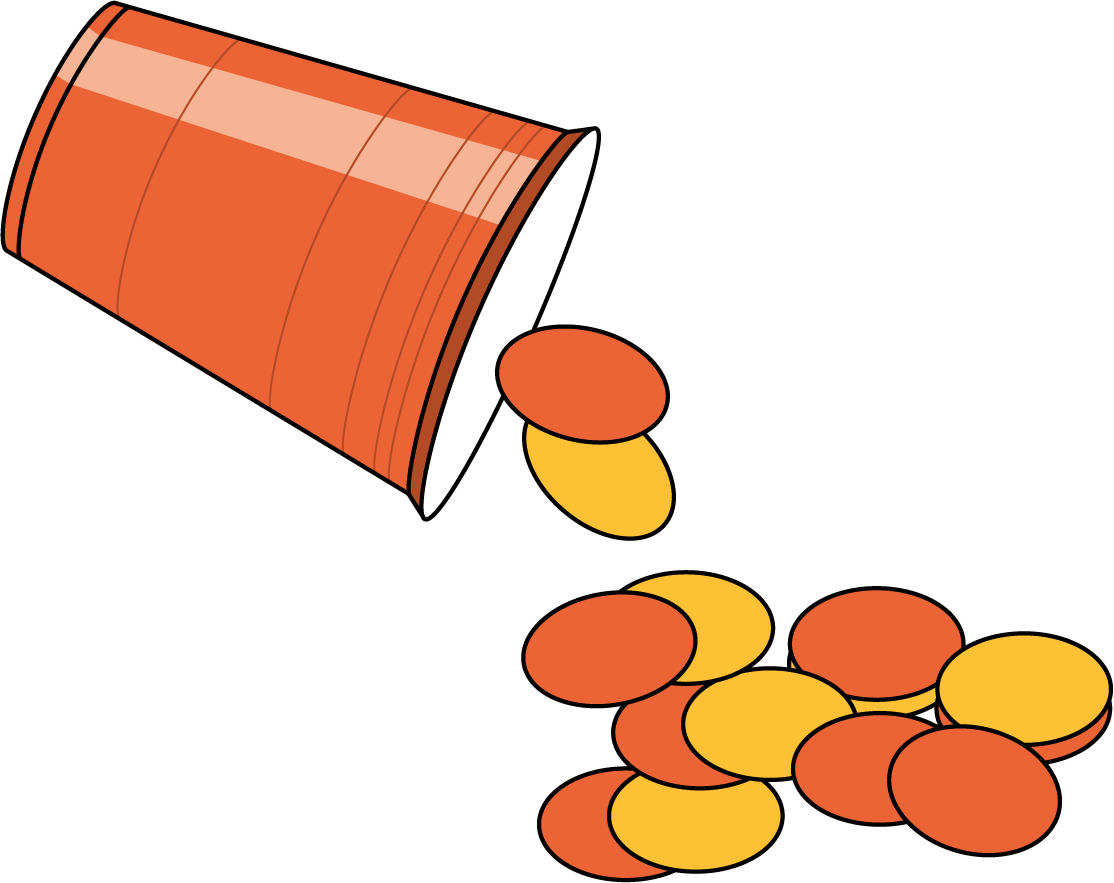Lesson 3
Describe and Compare Shapes
Warm-up: Which One Doesn’t Belong: Compare Shapes (10 minutes)
Narrative
Launch
- Groups of 2
- Display the image.
- “Pick one that doesn’t belong. Be ready to share why it doesn’t belong.”
Activity
- 30 seconds: quiet think time
- 30 seconds: partner discussion
- Share and record responses.
Student Facing
Which one doesn’t belong?




Student Response
For access, consult one of our IM Certified Partners.
Activity Synthesis
- Display shapes A and B.
- “What is alike, or the same, about these shapes?” (They both have three sides. They are both triangles. They are both red.)
- “What is different about these shapes?” (One is colored in and one is not. One is smaller or skinnier.)
Activity 1: Hunt for Shapes to Compare (10 minutes)
Narrative
The purpose of this activity is for students to find shapes that are alike and different. The shapes students compare are shapes found in the environment, as they look at pictures of real-world objects in picture books. Students use informal language to compare the shapes.
Advances: Listening, Speaking
Required Materials
Materials to Gather
Launch
- Groups of 2
- Display a page from a picture book. Point to 2 shapes on the page.
- “What is alike, or the same, about these shapes?”
- 30 seconds: quiet think time
- 1 minute: partner discussion
- Share responses.
- “What is different about these shapes?”
- 30 seconds: quiet think time
- 1 minute: partner discussion
- Share responses.
- “While you and your partner look through your picture book, you will each choose a shape that you see on the same page. Share the shapes you see. Then talk about how the 2 shapes are alike and different.”
Activity
- 5 minutes: partner work time
Student Response
For access, consult one of our IM Certified Partners.
Activity Synthesis
- Display a picture in a picture book that looks like a triangle.
- “Find a shape in your book that looks like this shape. How are the shapes alike?”
- Share responses.
- “Find a shape in your book that is different than this shape. How are the shapes different?”
- Share responses.
Activity 2: Alike and Different (15 minutes)
Narrative
Supports accessibility for: Memory, Visual-Spatial Processing, Conceptual Processing
Required Materials
Materials to Copy
- Shape Cards Grade K
Required Preparation
Launch
- Groups of 2
- “We are going to play a game that lets us think about how shapes are alike and how they are different.”
- Display cards N and P.
- “What is alike about these two shapes?” (They both have some straight sides. They both have corners.)
- 30 seconds: quiet think time
- 1 minute: partner discussion
- Share responses.
- “What is different about these two shapes?” (One has a curved side and the other only has straight sides.)
- 30 seconds: quiet think time
- 1 minute: partner discussion
- Share responses.
- Give each group a set of shape cards.
- “Each of you will turn over a card. With your partner, look carefully at the two shapes. Find one thing that is alike about your shapes and one thing that is different.”
Activity
- 8 minutes: partner work time
- Monitor for students who count the number of sides or corners on the shapes.
Student Response
For access, consult one of our IM Certified Partners.
Activity Synthesis
- Display cards A and H.
- “What is alike about these two shapes? What is different about them?” (They both have straight sides. They both have corners. One has 3 sides and 3 corners. The other has 4 sides and 4 corners. One has a straight line on the top and the other is slanted.)
- If needed, ask:
- “How many sides does each shape have?”
- “How many corners does each shape have?”
Activity 3: Introduce Which One, Shapes (20 minutes)
Narrative
The purpose of this activity is for students to learn stage 1 in the Which One center. Students ask their partner yes or no questions in order to determine their partner’s shape. Questions students ask should be based on the attributes of the shape. For example, students may ask, “Does your shape have three sides?” The Which One Gameboard is printed in the student book for this activity. The Which One Gameboard blackline master is available for students to use during center activities in future lessons.
After they participate in the center, students choose from any stage of previously introduced centers.
- Picture Books
- Bingo
- Shake and Spill
Required Materials
Materials to Gather
Materials to Copy
- Which One Stage 1 Gameboard
Required Preparation
- Gather materials from:
- Picture Books, Stages 1-3
- Bingo, Stages 1 and 2
- Shake and Spill, Stages 1 and 2
Launch
- Groups of 2
- “We are going to learn a center called Which One. Let’s play one round together.”
- Pick a shape on the board to be your mystery shape.
- “I’ve chosen a shape that is on the board. Your job is to ask me questions that will help you figure out which shape I chose. You can only ask questions that I can answer with a ‘yes‘ or a ‘no.’ For example, you cannot ask, ‘How many sides does your shape have?’ but you can ask, ‘Does your shape have more than 3 sides?’”
- Invite students to ask a question. Help students adjust their questions if they are not yes or no questions.
- Answer each yes or no question.
- After each question, ask students to share which shapes they can rule out based on the question and place a counter on those shapes.
- When students feel ready to guess your shape, invite students to guess the shape, asking them to explain why they think it’s your shape.
- “Take turns choosing a mystery shape and asking questions with your partner.”
Activity
- 5 minutes: partner work time
- “Now you can choose another center. You can also continue playing Which One.”
- Display the center choices in the student book.
- Invite students to work at the center of their choice.
- 10 minutes: center work time
- If time, invite students to choose another center.
Student Facing

Choose a center.
Which One

Picture Books

Bingo

Shake and Spill

Activity Synthesis
- Display the Which One Gameboard with the oval and the two circles covered with counters.
- “If this was the board you were playing with, what question would you ask next?”
Lesson Synthesis
Lesson Synthesis

If needed, ask “What can you tell about the number of sides and corners this shape has?”
Cool-down: Unit 3, Section A Checkpoint (0 minutes)
Cool-Down
For access, consult one of our IM Certified Partners.